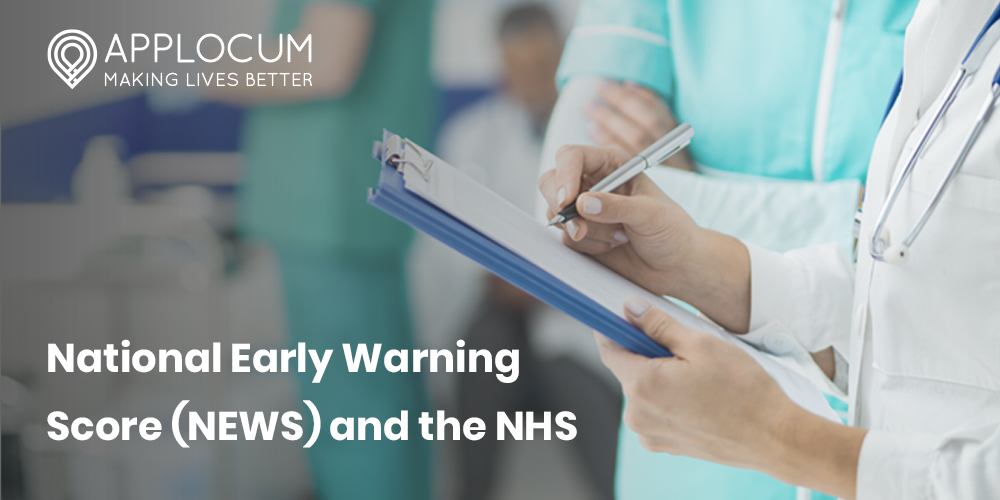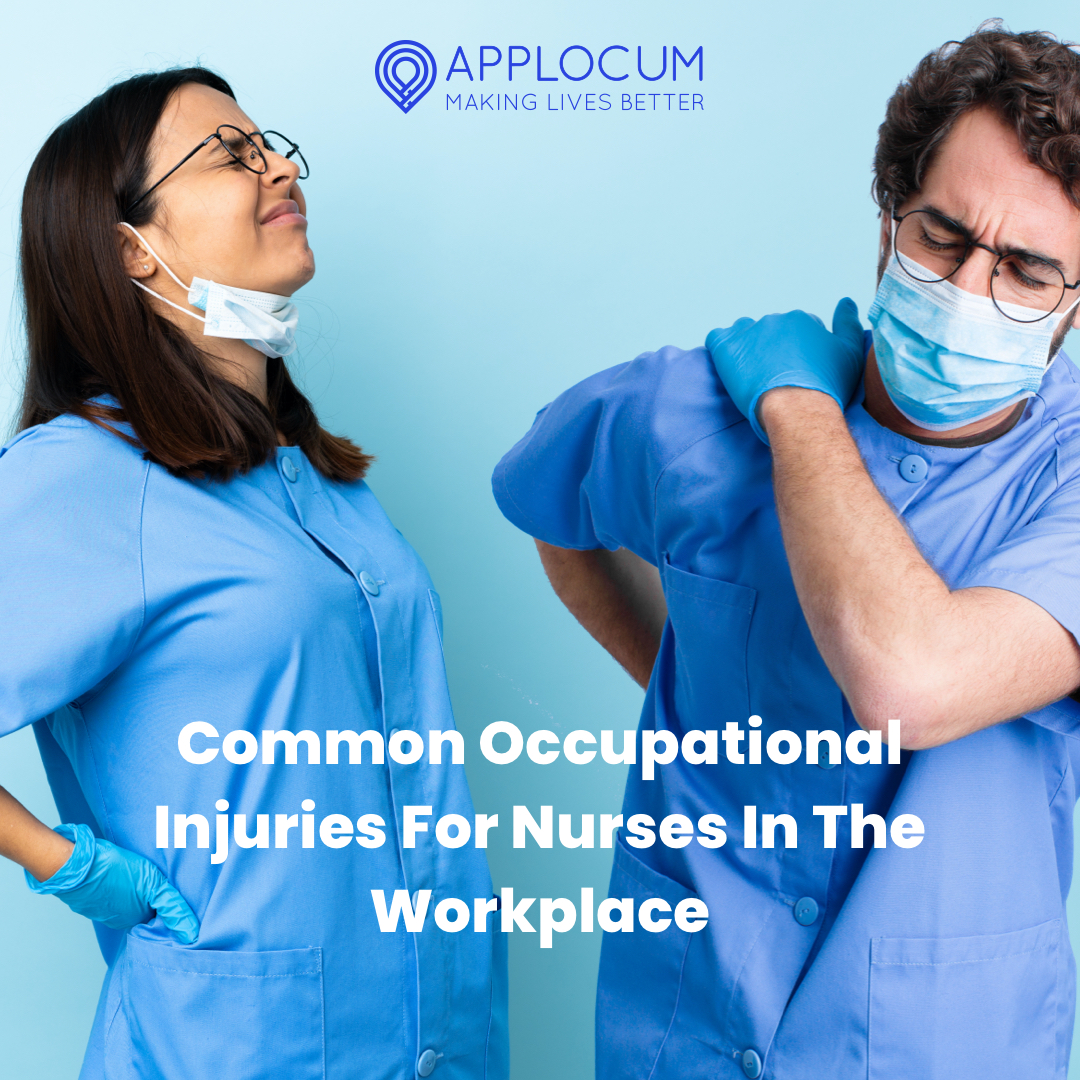
National Early Warning Score (NEWS) and the NHS
What is NEWS?
NEWS (National Early Warning Score) was developed by the Royal College of Physicians to identify clinical deterioration in acutely ill adult patients. It aims to improve patient safety and outcomes. The existing National Early Warning Score was updated to NEWS2 in December 2017.
NEWS2: Score and necessary actions
The NEWS2 system is concerned with the following physiological parameters:
- Temperature
- Respiratory rate
- Oxygen saturation
- Systolic blood pressure
- Pulse rate
- Level of consciousness
Each of these parameters is allocated a score of 0, 1, 2, or 3. The higher the score, the further the identified parameter is from what is considered normal. These scores are then added together in order to assess risk.
Aggregate score 1-4
Risk level: Low
Responsibility: Ward Nurse
Action: Assessment taken promptly to determine the necessary clinical care or changes to frequency of monitoring.
Score of 3 in any single parameter
Risk level: Low to medium
Responsibility: Ward-based doctor
Action: Determine cause and any necessary clinical care. Decide on changes to frequency of monitoring.
Aggregate score 5 to 6
Risk: Medium
Responsibility: Ward-based doctor or acute team nurse
Action: Urgently review condition to determine if action is needed from critical care team
Aggregate score 7 or above
Risk: High
Responsibility: Critical care team
Action: Emergency assessment necessary, patient likely needs to be transferred into a higher-dependency area of care.
NICE recommends that adult patients with a NEWS2 aggregate score of 0 be monitored against the parameters at least once every 12 hours.
How is NEWS2 used in the NHS and is it effective?
NHS England and NHS Improvement support the use of NEWS2 and it is used in “100% of ambulance trusts and 76% of acute trusts.” However, there are concerns that the discrepancies in the practice of early warning systems in certain settings can risk patient safety. Studies are being taken to look into the benefits of NEWS2 and NHS England suggests that it could “potentially save over 1800 lives a year.”
In a review of Early Warning Systems by the University of York, they suggested that: “in relation to patient outcomes, early warning systems when combined with rapid response appear to have the potential to reduce cardiac arrests and unplanned ICU admissions. Impact on reducing in-hospital mortality was mixed.” More study is needed into the particular impact of introducing standardised use of NEWS2 across the NHS.
NEWS2 and COVID-19
A study of NEWS2 in relation to COVID-19 in the Clinical Medical Journal found that it was effective in identifying deteriorating COVID-19 patients. Of those 133 patients who experienced at least one serious event such as initiation of respiratory support or admission to ICU, 131 recorded at least one NEWS2 trigger above the identified threshold (NEWS2 >5). There were therefore only 2 patients out of 133 who deteriorated without a prior NEWS2 trigger being identified.
What is your preferred early warning system and how has it affected your practice? Let us know in the comments.
See our vacancies in hospitals nationwide for flexible work around your preferences.






